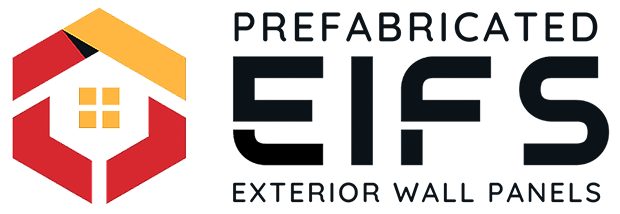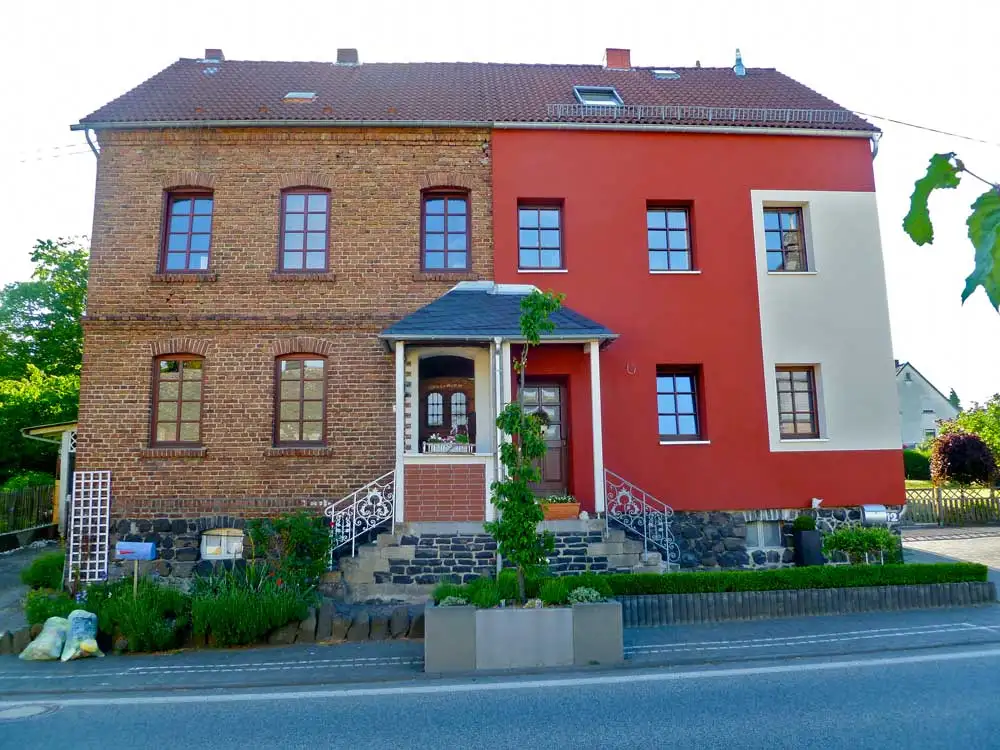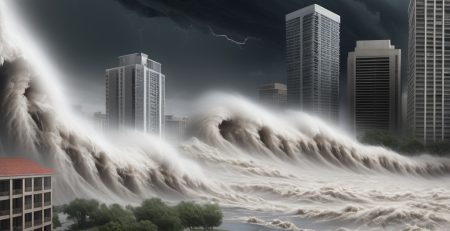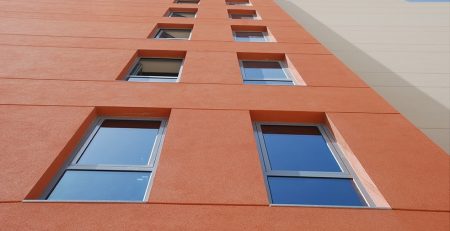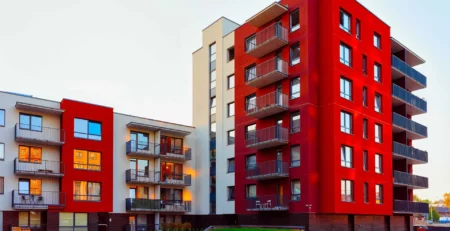Latest Advancements in EIFS System
Enhancing Building Performance and Aesthetics
Exterior Insulation and Finish Systems (EIFS) have long been valued for their remarkable energy efficiency and aesthetic versatility. However, recent advancements in the EIFS System technology are setting new standards in the construction industry, promising even greater benefits for both residential and commercial buildings. Let’s delve into the latest developments in EIFS that are making headlines.
EIFS System Increased Sustainability and Environmental Standards
One of the most significant recent trends in the EIFS System industry is the push towards even greater environmental sustainability. Manufacturers have been innovating to reduce the ecological footprint of their products. Modern EIFS now feature materials that are more sustainable, with increased recyclability and reduced VOC emissions. This shift not only helps in achieving greener building certifications like LEED but also aligns with global efforts towards more sustainable construction practices.
Enhanced Moisture Management Systems
Moisture management has always been a critical aspect of EIFS System, and the latest systems include improved water-resistive barriers and drainage capabilities. These enhancements help prevent water accumulation, a key factor in avoiding the deterioration of building envelopes. Advanced moisture management technologies in EIFS now offer superior protection against water ingress, ensuring longer lifespan and reduced maintenance costs.
EIFS System Cutting-Edge Aesthetic Options
EIFS have always offered a wide range of aesthetic options, but new innovations have expanded these possibilities even further. The introduction of digital printing technologies on EIFS finishes allows for custom designs and textures that were previously difficult to achieve. This means architects and designers can now provide unique and visually stunning exteriors tailored to specific thematic or branding requirements, without compromising on the system’s protective functions.
Improved Fire Resistance
Fire resistance is a critical safety standard in building materials, and EIFS are no exception. Recent advancements have led to the development of EIFS that meet higher fire-resistance ratings. These systems incorporate fire retardant materials that help slow the spread of flames, providing crucial extra minutes for evacuation and potentially saving lives.
Regulatory Changes and Industry Standards
As EIFS continue to evolve, so do the regulations that govern their use. Recent updates in building codes have placed stricter requirements on insulation and energy efficiency, areas where EIFS excel. Furthermore, industry standards are increasingly recognizing the advanced capabilities of EIFS, recommending their use in more diverse climates and building types.
Conclusion
The latest news in the EIFS industry highlights a clear trajectory towards more sustainable, efficient, and versatile building solutions. As these systems continue to evolve, they offer compelling advantages for architects, builders, and property owners alike. Whether it’s through improved environmental performance, enhanced moisture and fire resistance, or broader design possibilities, EIFS are proving to be a crucial technology in modern construction, poised to meet the challenges of today’s building requirements.
Get in touch today! ModulTech dedicated team is available to provide you with detailed information and personalized assistance to ensure your specific needs are met.
